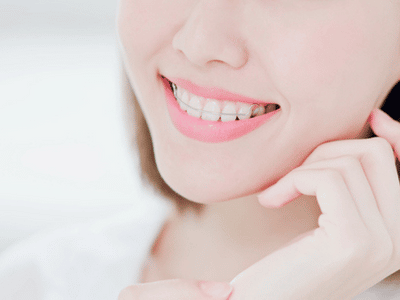
Why You Need to Floss Everyday
Flossing isn’t the most exciting part of your nightly routine, but it’s essential to your oral health. Maintaining that excellent oral health is an integral part of your orthodontic journey! Before we get into how to become an expert braces flosser, here’s some more information about why flossing is so critical in the first place. Flossing is just as important as brushing your teeth to prevent gum disease, cavities, and bad breath. Flossing helps eliminate




